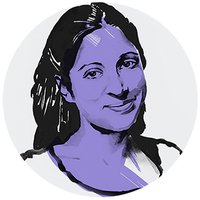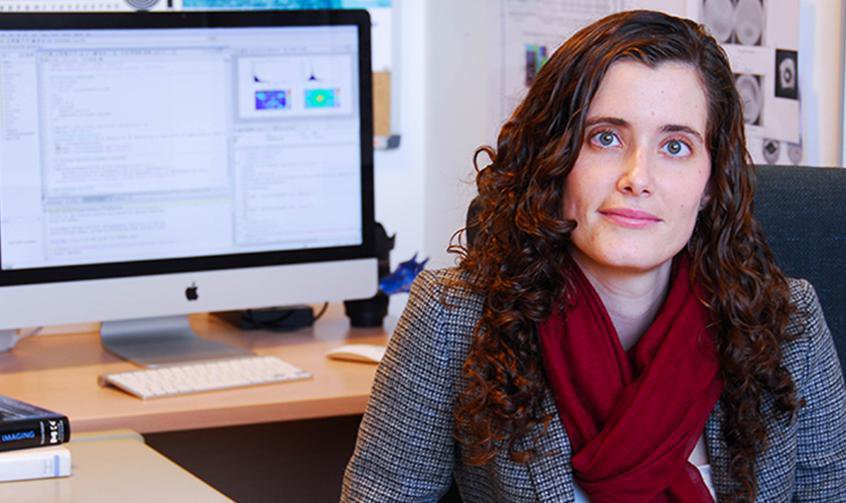"Not all information is worth the same, and our eyes make no exception. We could say that the eyes send the equivalent of millions of gigabytes per second of information to the brain, to describe precisely the environment around us. The brain is constantly engaged in processing visual information according to a process referred to as compressive sensing. It is similar to compressing a file on our computer: instead of saving all information, the brain reduces images to a number of key semantic characteristics that enable the reconstruction of the entire source. We are not aware of this process, precisely because it works: we have the feeling of seeing something, where in fact we are seeing an image constructed by our brain, that best represents it.
Belén Masiá is fascinated by these cognitive processes and has focused her research at the University of Valladolid in a more thorough understanding of the ''rules'' followed by the brain to ''sketching'' visual information. The question she asked herself are ''how can we model this behaviour ?'' and ''how can we use it to our advantage?'', for example to detect and treat diseases impairing the visual capabilities of an individual. Her challenge is to identify which information is retained by the brain, and model it from a mathematical point of view so that ''the semantic information is retained''.
Her work has much to do with cognitive and medical research as it has with computing, and that is why she is working in liaison with ophtalmologues of Miguel Servet University Hospital in Zaragoza, not far from her research department.
In fact, the application in the medical field are numerous. Among other applications, her research can lead to improved implants, for example, or tools for the early diagnosis of infants' visual impairments. Current retina implants, for example, are electrodes associated with photosensors, which transform the received light into electrical messages to the brain. However, they do perform a ''simplification'' of the information. Without knowing which information is more relevant to the brain - that is the one used to semantically reconstruct a full image - means that only severely reduced vision is achieved, as it happens with current implants. Masiá's algorithms, on the other hand, will enable such future devices to select the right information.
The elaboration of the computing algorithms is lengthy and complex: Masiá is using a high number of database images which are used to ''train'' the algorithms. The next phase will be to test the images through a human test, that is showing the images processed by the algorithms to a group of human volunteers, to see if they can reconstruct something as close as possible to the original, non processed image. If they do, that means that the algorithms are able to reproduce the semantic filtering carried out by the brain. Only after extensive tuning and testing Masiá's algorithms may be implemented in dedicated hardware, whether they be implants or the latest Google glass."




